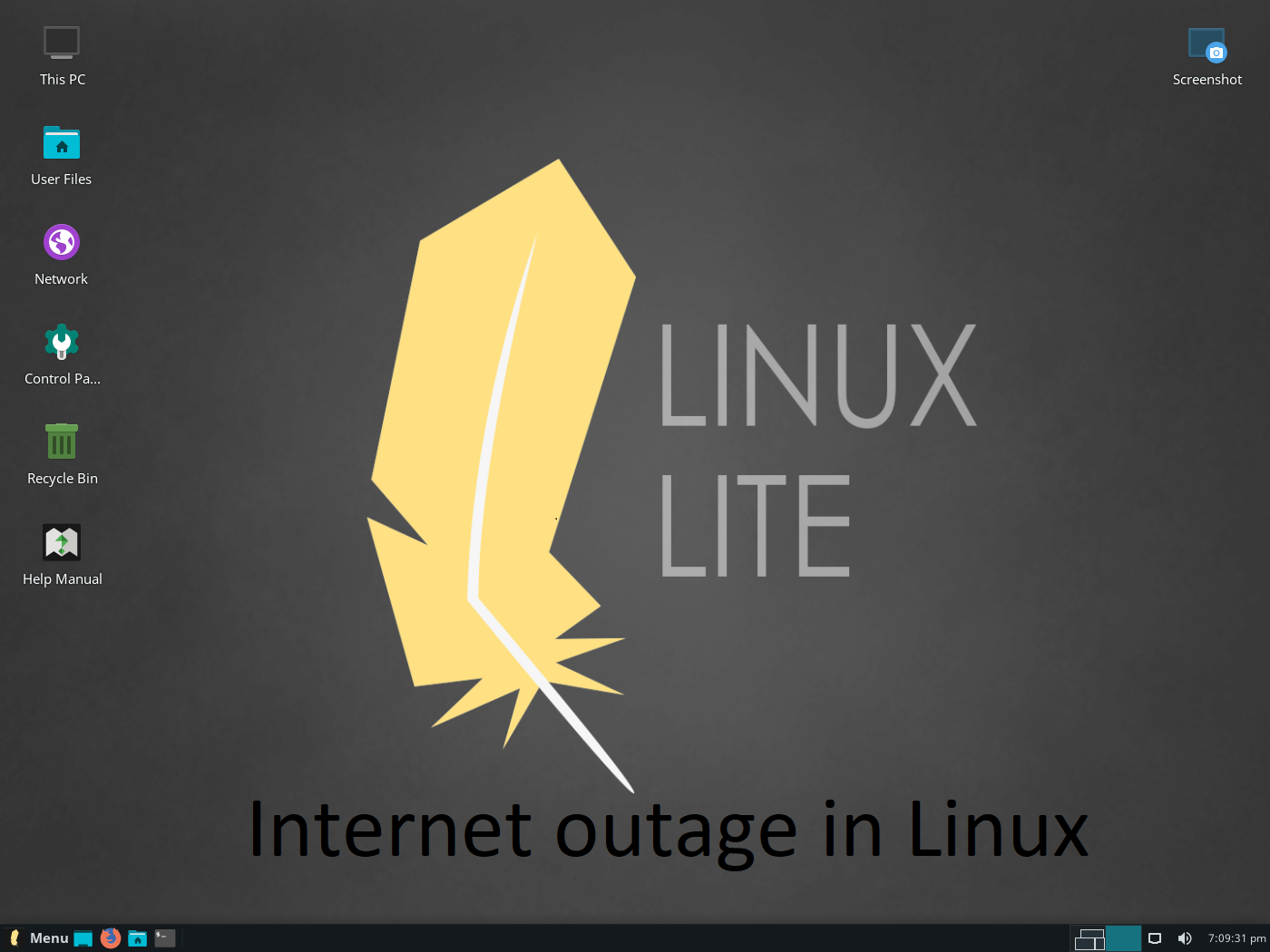How to Fix Internet Disconnection Issues in Linux
Linux is a powerful and flexible operating system that gives users a high level of control over their system. However, transitioning from Windows to Linux can be challenging, especially when encountering issues like internet connectivity problems. This guide will help you diagnose and fix common network issues in Linux.
Choosing the Right Linux Distribution
Before diving into troubleshooting, it’s essential to know which Linux distribution (distro) you are using. Different distros have unique configurations, but in this guide, we will use Ubuntu 18.04 LTS, one of the most popular and user-friendly Linux distributions.
To check your Linux version, open a terminal and run:
uname -a
This command will display detailed system information, including the kernel version.
Basic Network Connection Checks
Before diagnosing software issues, verify that your hardware connections are secure:
- If using an Ethernet cable, ensure it is properly plugged in.
- If using Wi-Fi, check whether your laptop has a physical switch to enable or disable Wi-Fi.
Connecting to the Internet in Ubuntu
1. Check Wi-Fi Settings
If your Wi-Fi is turned off, you may see a “No Internet Connection” message. To enable Wi-Fi:
- Click the network icon at the top right of your screen.
- Select Wi-Fi Settings.
- Ensure the Wi-Fi toggle is turned on.
- Make sure Airplane mode is disabled.
2. Verify Network Interface Status
Open a terminal and enter:
ip link
Look for your network interface (e.g., enp0s3). If you see LOWER_UPIt means your network interface is active.
3. Check Your IP Address
Run the following command:
ip addr
If your network is configured correctly, you should see an IP address next to inet. If no IP address is displayed, your system may not be obtaining an IP address from the router.
Updating Network Drivers
Sometimes, network issues occur due to missing or outdated drivers. To update drivers:
- Click the Applications Menu and search for Software & Updates.
- Open the Software & Updates application.
- Go to the Additional Drivers tab.
- If drivers are available, select and install them.
- If you are unable to connect to the internet, use an Ethernet cable or a USB device to download the necessary drivers.
Identifying Your Network Hardware
If no drivers are available, you can check your hardware model with:
lspci
Look for your network adapter in the output. Once identified, search for its Linux-compatible drivers online.
Conclusion
Many Linux internet connection issues stem from simple problems like a disabled Wi-Fi switch or airplane mode being enabled. Updating drivers and checking basic network settings can resolve most issues. If problems persist, verify your hardware compatibility and manually install the appropriate drivers.
By following these steps, you should be able to diagnose and fix common Linux network issues, ensuring a smooth internet experience.
FAQ
Why does my Wi-Fi keep disconnecting on Linux?
Frequent disconnections can result from outdated or incompatible drivers, power management settings, or interference from other devices. For instance, users have reported issues with Intel Wireless 3160 adapters on Ubuntu 20.04, where the Wi-Fi connection drops and requires manual reconnection
How can I check if my network interface is configured correctly?
Use the ifconfig or ip a command to verify that your network interface has an IP address and is up. Additionally, check your routing table with route -n or ip route to ensure the default gateway is set correctly.
What should I do if I can ping IP addresses but not domain names?
This indicates a DNS issue. You can try updating the DNS resolver by running: sudo resolvconf -u If that doesn't help, recreate the symbolic link for resolv.conf: sudo rm /etc/resolv.conf sudo ln -s /run/resolvconf/resolv.conf /etc/resolv.conf sudo rm /etc/resolv.conf sudo ln -s /run/resolvconf/resolv.conf /etc/resolv.conf These steps have resolved similar issues for users on Ubuntu 16.04
